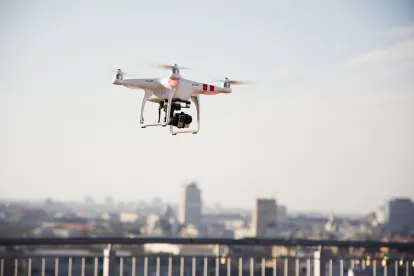On April 28, 2017, the Federal Aviation Administration (FAA) and Alliance for System Safety of UAS through Research Excellence (ASSURE), the FAA’s Center of Excellence for Unmanned Aircraft Systems (UAS) Research led by a consortium of leading research universities, released the first of its kind study aimed at understanding the risk posed by UAS to humans on the ground. The goal of the study was to determine how to safely fly UAS over people with minimal risk to serious injury.
The study identified blunt force trauma, penetration injuries, and lacerations as the three most significant threats to individuals. These threats arise from kinetic energy, such as mass and speed, sources of ignition (such as UAS batteries), and rotating components, including blade thickness and stiffness.
ASSURE found that the risk of injury posed by UAS is greater than other airborne debris of the same mass due to the slower rate of fall of multi-rotor UAS and the retention of energy during impact. One key takeaway from the study is blade guards are necessary to mitigate the risk of penetration and laceration injuries. ASSURE also concluded that more research is necessary to determine the fire and impact hazards of lithium polymer batteries frequently used in UAS.
The authors of the study recommended the FAA fund additional studies in order to refine standards and rulemaking relating to ground safety. The studies will play a role in compliance obligations and many other areas, including products liability lawsuits.




 />i
/>i

